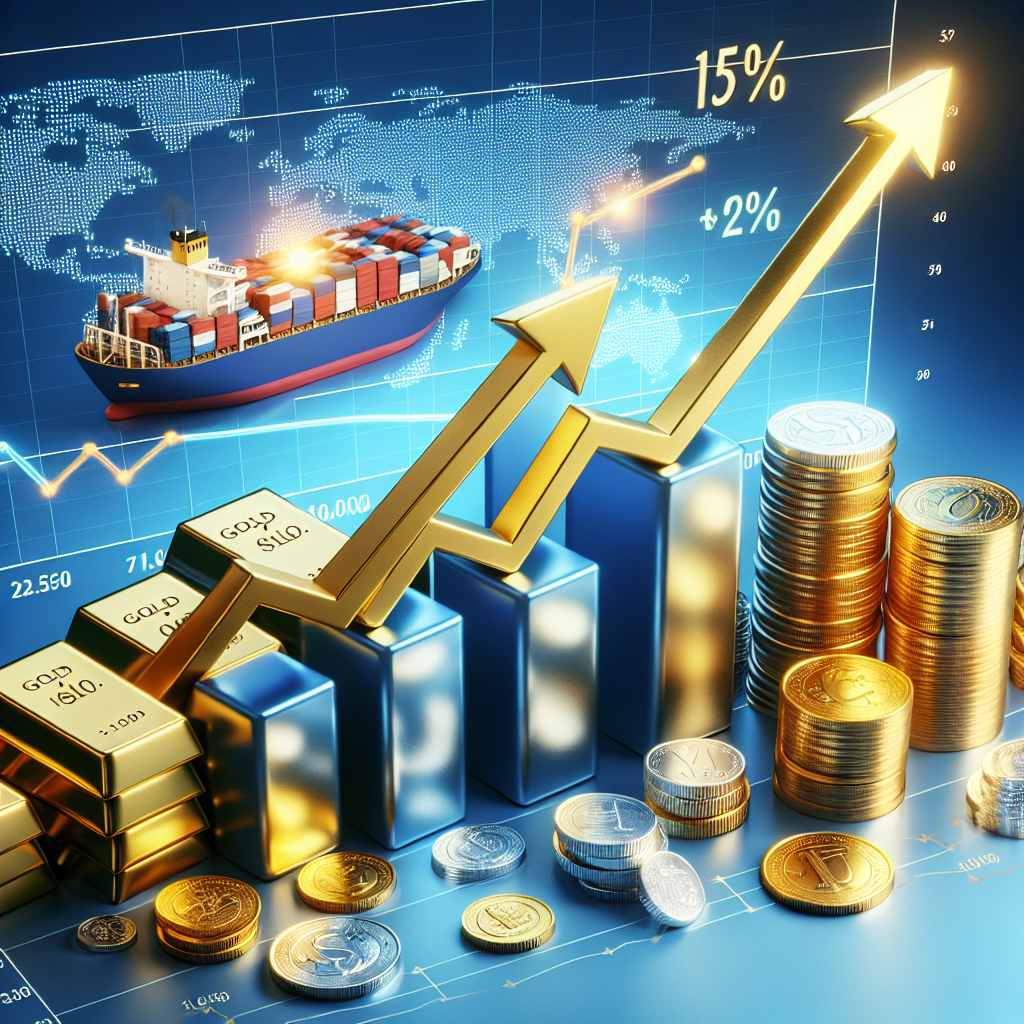This week, the price of gold surged above $3,400 and silver also hit a 14-year high. However, according to a report by the Financial Times on July 23, the European Union (EU) and the United States are close to reaching a trade agreement. The US is set to impose a 15% tariff on European goods, similar to the tariff agreement with Japan. This news indicates a reduced possibility of a trade war between Europe and the US, leading to a boost in the stock market, a drop in gold prices, with gold currently trading at $3,363.
The news of an imminent agreement between Europe and the US has dampened the safe-haven demand for gold, resulting in a slight decline in prices. However, analysts believe that given the continued high demand for gold by central banks worldwide and the current global uncertainty, the prices of precious metals are still expected to rise in the long term.
Currently, a significant amount of funds are flowing into gold ETFs. Last week, the size of gold ETFs expanded to its highest level in nearly three years, while the largest silver ETF, SLV, has grown to its highest level in 29 months.
Investors’ inflation expectations have reached a six-month high. The market believes that the likelihood of a rate cut by the Federal Reserve (Fed) is low. However, Fed Chair Jerome Powell, who is staunchly opposed to cutting rates, is set to end his term in May 2026; by then, the Fed may likely initiate rate cuts.
If the Fed decides to cut rates, the return on funds will decrease, significantly enhancing the attractiveness of gold and causing its price to rise.
A report by German bank Commerzbank stated, “If other potential candidates for Fed Chair also support loose monetary policies, the days of gold surpassing $3,500 per ounce may come sooner than expected.”
Like gold, silver is also seen as a hedge asset against inflation and a target for combating currency devaluation. Loose monetary policies and a devaluing dollar typically drive up the prices of both silver and gold.
Currently, the price of silver is around $39.05 per ounce, hitting a new high since 2011. Market sentiment is bullish. Alexander Zumpfe, a precious metals trader at Heraeus Metals Germany, noted, “Silver’s recent surge was driven by three factors: strong industrial demand, persistent supply shortages, and increasing investor interest.”
Moreover, the gold-to-silver ratio currently stands at around 87, a historically high level well above the 25-year average of 68, indicating that the price of silver may be undervalued and has the potential for further gains.
As for the possibility of silver surpassing the $40 mark, the market generally holds an affirmative view. Zumpfe mentioned that the momentum for silver to exceed $40 could come from further advances in gold prices, another decline in the US dollar, insufficient silver supply, and a rebound in Asian spot premiums.

